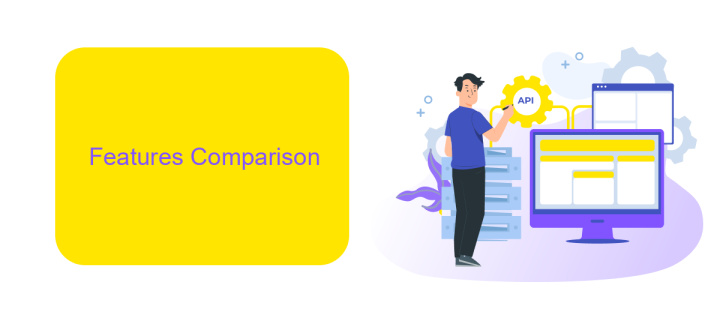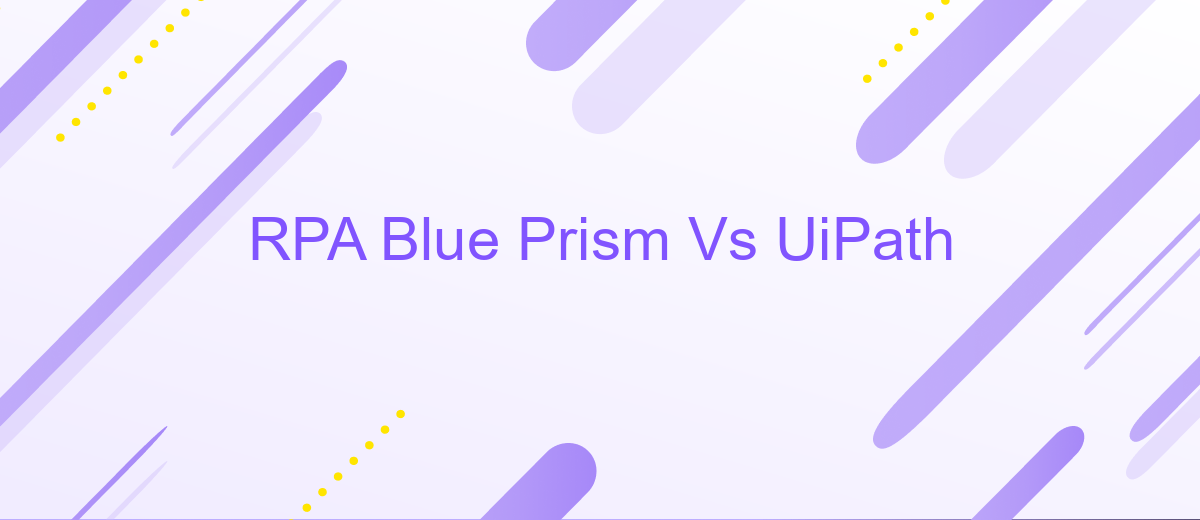RPA Blue Prism Vs UiPath
Robotic Process Automation (RPA) has revolutionized the way businesses operate, and among the leading tools in this domain are Blue Prism and UiPath. Both platforms offer robust solutions for automating repetitive tasks, but they differ in features, usability, and deployment. This article provides a detailed comparison of Blue Prism and UiPath, helping organizations decide which tool best meets their automation needs.
Introduction
Robotic Process Automation (RPA) has revolutionized the way businesses operate by automating repetitive tasks and streamlining workflows. Among the leading RPA tools, Blue Prism and UiPath stand out for their robust features and capabilities. Both platforms offer unique advantages, making it essential for organizations to understand their differences and choose the one that best fits their needs.
- Blue Prism: Known for its strong security and governance features, making it a preferred choice for large enterprises.
- UiPath: Offers a user-friendly interface and extensive community support, ideal for businesses looking for quick deployment and scalability.
Choosing between Blue Prism and UiPath depends on various factors such as ease of use, scalability, and integration capabilities. For instance, integrating RPA tools with other business applications can be simplified using services like ApiX-Drive, which facilitate seamless data transfer and process automation. Understanding these aspects will help organizations make an informed decision, ensuring optimal performance and efficiency.
Features Comparison

When comparing features of Blue Prism and UiPath, both platforms offer robust capabilities for automating business processes. Blue Prism excels in providing a highly secure and scalable environment, which is ideal for large enterprises. It offers advanced analytics and real-time monitoring, enabling businesses to optimize their processes efficiently. On the other hand, UiPath is known for its user-friendly interface and extensive community support, making it accessible for both technical and non-technical users. UiPath also offers a wide range of pre-built components and templates, which can significantly speed up the development process.
In terms of integration, both Blue Prism and UiPath support various third-party applications. However, UiPath has an edge with its seamless integration capabilities, often facilitated by services like ApiX-Drive. ApiX-Drive allows for easy connection between UiPath and numerous other platforms, making data synchronization and workflow automation more efficient. This service simplifies the integration process, ensuring that businesses can quickly adapt and scale their automation solutions without extensive technical overhead.
Pricing Comparison

When comparing the pricing models of Blue Prism and UiPath, it's essential to consider the specific needs and scale of your organization. Both platforms offer different pricing structures tailored to various business requirements.
- Blue Prism: Blue Prism typically operates on a per-bot license model, which can be more cost-effective for large enterprises. The pricing is generally higher, reflecting its focus on robust security and governance features.
- UiPath: UiPath offers a more flexible pricing model, including per-user and per-bot options. This can be advantageous for small to medium-sized businesses looking for scalability and affordability.
Additionally, integrating these RPA tools with other services can enhance their functionality. For instance, using a service like ApiX-Drive can streamline the integration process, allowing seamless data flow between different systems. This can further optimize your automation strategy, making it more efficient and cost-effective.
Customer Reviews

When comparing RPA tools like Blue Prism and UiPath, customer feedback provides valuable insights into their performance and usability. Users often highlight the strengths and weaknesses of each platform, helping potential adopters make informed decisions.
Many users appreciate Blue Prism for its robustness and scalability, particularly in large enterprise environments. However, some find its learning curve steep and its interface less intuitive compared to UiPath. On the other hand, UiPath is praised for its user-friendly interface and extensive community support, making it a popular choice for small to medium-sized businesses.
- Blue Prism: Robust and scalable, but with a steep learning curve.
- UiPath: User-friendly and well-supported by the community.
For businesses looking to streamline the integration process, tools like ApiX-Drive can be invaluable. ApiX-Drive simplifies the connection between various software solutions, making it easier for companies to leverage the full potential of their RPA tools. This added layer of integration support can significantly enhance overall efficiency and productivity.
Conclusion
In conclusion, both Blue Prism and UiPath offer robust RPA solutions that cater to different business needs. Blue Prism is often favored for its strong governance and security features, making it a suitable choice for large enterprises with complex processes. On the other hand, UiPath stands out for its user-friendly interface and extensive community support, which can be particularly beneficial for businesses looking to quickly scale their automation efforts.
When it comes to integration, tools like ApiX-Drive can significantly streamline the process by enabling seamless connectivity between various applications and RPA platforms. This can enhance the overall efficiency and effectiveness of your automation strategy, regardless of whether you choose Blue Prism or UiPath. Ultimately, the best choice depends on your specific requirements, resources, and long-term automation goals.
FAQ
What is the main difference between Blue Prism and UiPath?
Which tool is better for non-technical users?
How do Blue Prism and UiPath handle integrations with other systems?
What are the licensing models for Blue Prism and UiPath?
How do Blue Prism and UiPath support scalability?
Apix-Drive will help optimize business processes, save you from a lot of routine tasks and unnecessary costs for automation, attracting additional specialists. Try setting up a free test connection with ApiX-Drive and see for yourself. Now you have to think about where to invest the freed time and money!

